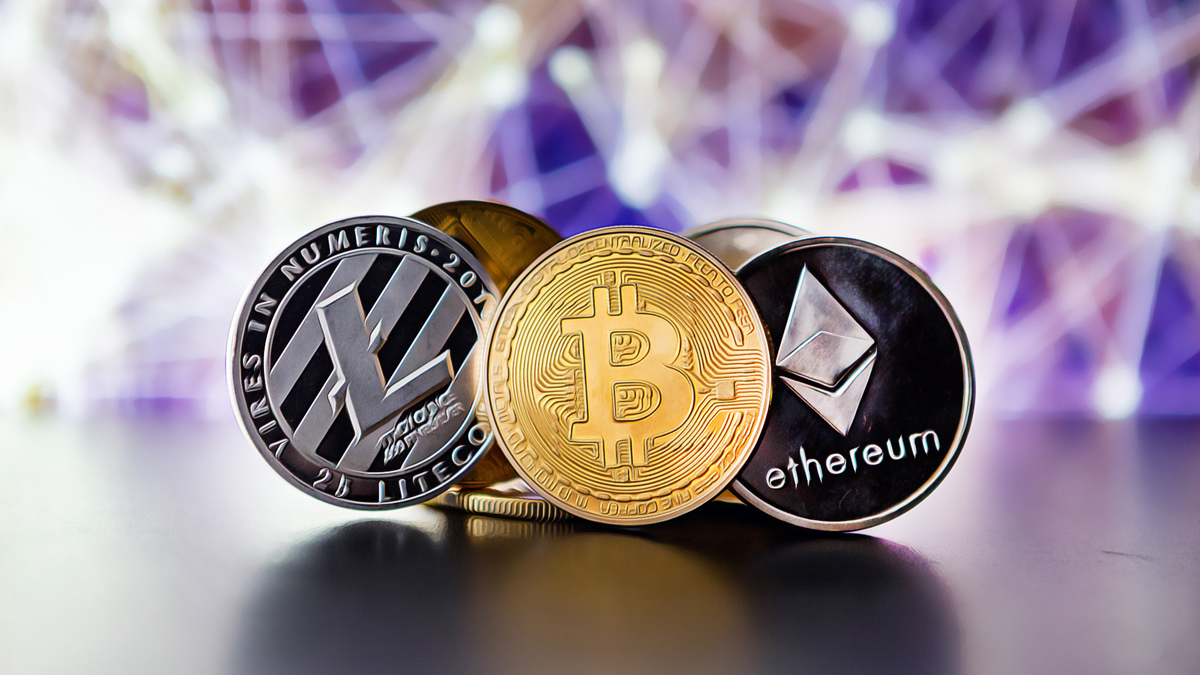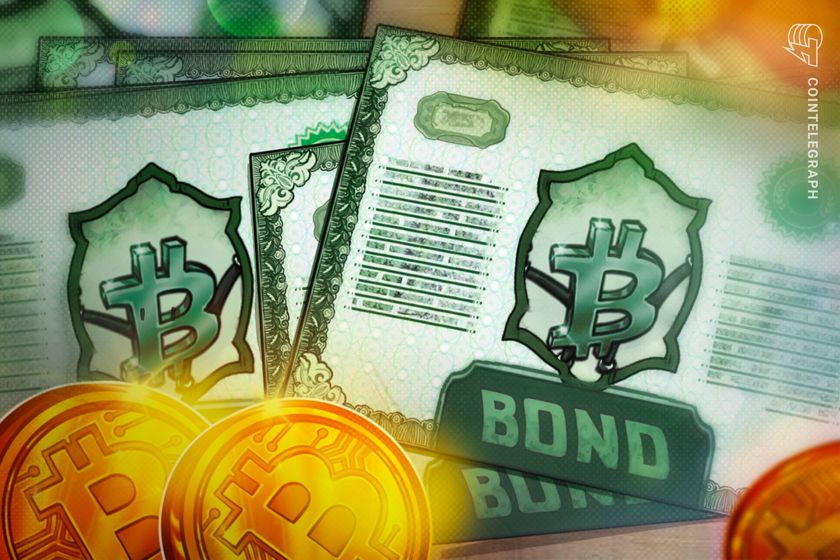
Solana (SOL)
What tools does Nimbus offer for effortlessly monitoring Solana?
Nimbus provides a user-friendly tracking solution equipped with intuitive tools to monitor Solana effortlessly. These tools are specifically designed for user convenience, allowing individuals to stay seamlessly updated on the latest trends, prices, and information related to Solana. Users can also explore the world of cryptocurrency effortlessly while simultaneously tracking Solana prices. The platform also offers insights into profit and loss, providing a comprehensive experience without the complexity typically associated with monitoring cryptocurrencies.
How does Nimbus enable tracking Solana prices with profit and loss?
Nimbus facilitates the tracking of Solana prices with profit and loss through seamless integration with your crypto wallet for portfolio monitoring. By connecting with your crypto wallet, Nimbus provides a clear and comprehensive overview of various metrics, including profits, losses, revenue, expenses, return on investment (ROI), and other essential financial indicators. This integration ensures that users can analyze their cryptocurrency portfolio with precision, gaining valuable insights into their financial performance. With Nimbus, users can navigate the cryptocurrency landscape with a perfect blend of simplicity and sophistication, enhancing their ability to make informed investment decisions.
How does Nimbus analyze Solana, and what insights does it provide?
Certainly! Nimbus possesses a robust analysis tool that is adept at evaluating and interpreting Solana . The tool employs diverse strategies, including delving into metadata details, tracking marketplace data, and calculating performance metrics such as Return on Investment (ROI). Through these methodologies, Nimbus provides users with valuable insights into the composition and performance of their Solana. Users can gain a comprehensive understanding of their investment. The analysis tool ensures that users are equipped with the necessary information to navigate the cryptocurrency landscape with confidence and intelligence.
Trending News
SEC Spurs RexShares to Innovate Staking ETFs
RexShares applied for Solana and Ethereum staking ETFs in the US. The application employs an innovative model, differing from traditional processes.
Cointurk News EN
May 30, 2025


SEC Spurs RexShares to Innovate Staking ETFs
RexShares applied for Solana and Ethereum staking ETFs in the US. The application employs an innovative model, differing from traditional processes.
Cointurk News EN
May 30, 2025
Solana ve Ethereum İçin Yeni Başvurular, SEC Şirketleri Cesaretlendirdi
RexShares, Solana ve Ethereum staking ETF başvurusu gerçekleştirdi. Başvuru, alışılmış yöntemlerden farklı, inovatif bir yapıya sahip.
Cointurk News TR
May 30, 2025


Solana ve Ethereum İçin Yeni Başvurular, SEC Şirketleri Cesaretlendirdi
RexShares, Solana ve Ethereum staking ETF başvurusu gerçekleştirdi. Başvuru, alışılmış yöntemlerden farklı, inovatif bir yapıya sahip.
Cointurk News TR
May 30, 2025
FTX Repayment: Hopeful Breakthrough for Creditors Begins
BitcoinWorld
Bitcoin World
May 30, 2025


FTX Repayment: Hopeful Breakthrough for Creditors Begins
BitcoinWorld
Bitcoin World
May 30, 2025
Cardano Slips, While Toncoin Surges—Which One Sets the Next Market Tone?
Explore the latest market movements of Cardano and Toncoin to determine which cryptocurrency is poised to set the next tone in the market.
CryptoDaily
May 30, 2025


Cardano Slips, While Toncoin Surges—Which One Sets the Next Market Tone?
Explore the latest market movements of Cardano and Toncoin to determine which cryptocurrency is poised to set the next tone in the market.
CryptoDaily
May 30, 2025
NYC Comptroller rejects Mayor Adams’s proposal for Bitcoin-backed bonds
Mayor Eric Adams’s push for a Bitcoin-backed municipal bond faces strong opposition from Comptroller Brad Lander, who found the plan "legally dubious and fiscally irresponsible."
Cointelegraph
May 30, 2025


NYC Comptroller rejects Mayor Adams’s proposal for Bitcoin-backed bonds
Mayor Eric Adams’s push for a Bitcoin-backed municipal bond faces strong opposition from Comptroller Brad Lander, who found the plan "legally dubious and fiscally irresponsible."
Cointelegraph
May 30, 2025
SOL Market Statistics
Price USD
$239.51Market Cap
$113,666,977,817.16Total Volume USD
$8,082,051,233.14Total Supply
588,553,824.71 SOLCirculating Supply
474,572,479.32 SOLFully Diluted Market Cap
$140,967,159,817.58Socials
Official links
Join us to Maximize your Returns & Minimize your Risk
Gain access to all exclusive data, insight that can make your investment more joy